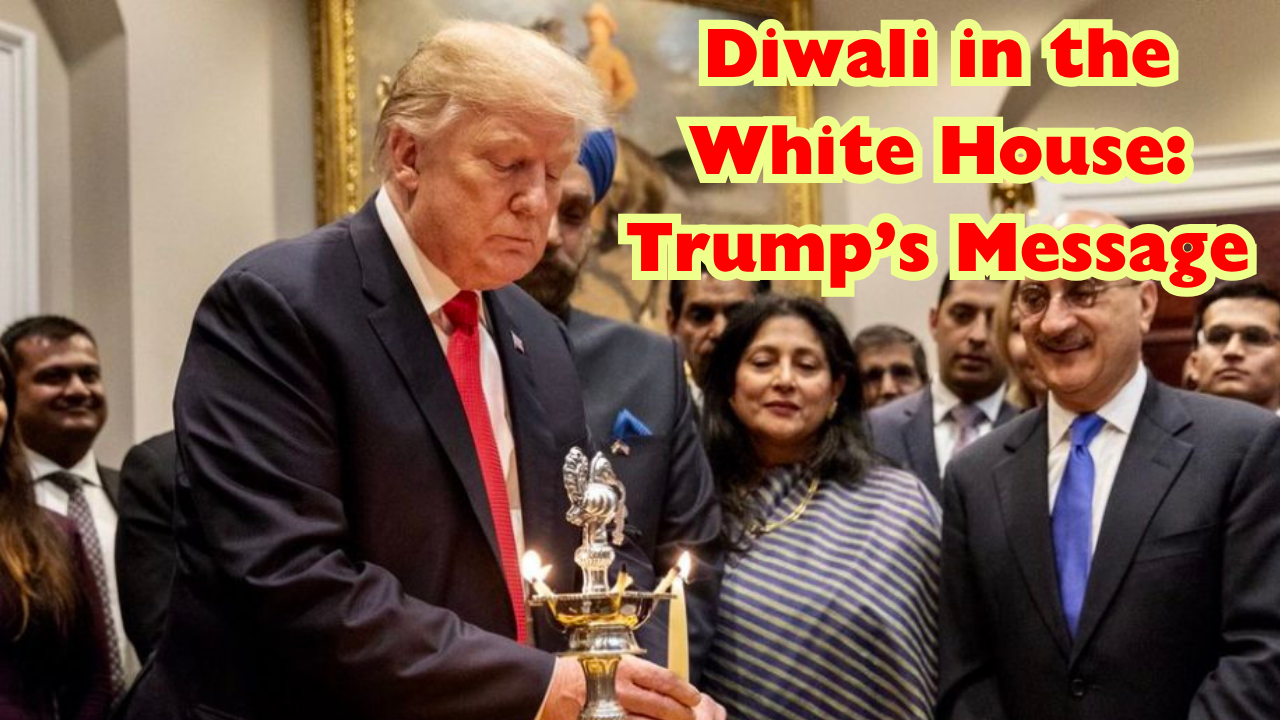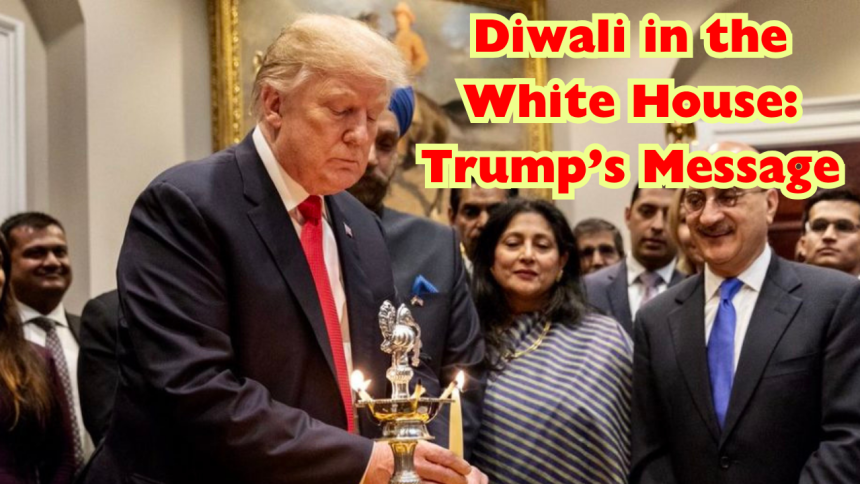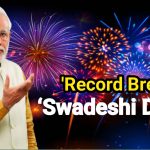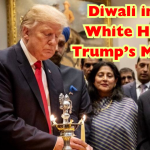
By : Gitanjali Thorat | PR Desk
Mumbai: Donald Trump hosted a Diwali celebration at the White House this week, lighting a diya and extending greetings to the Indian community. While the event appeared festive, it also highlighted three key aspects of U.S.-India interactions under his focus: diplomatic messaging, trade issues, and cultural outreach.
•Diplomatic Messaging
Trump praised Prime Minister Narendra Modi as his “great friend” and repeated claims that India is reducing its oil imports from Russia. India has denied such claims, suggesting a gap between Trump’s statements and India’s official position.
By emphasizing his relationship with Modi, Trump projected influence and highlighted cooperation between the two leaders. His remarks also touched on India’s interest in seeing the Ukraine war end, aligning both countries’ supposed goals publicly.
•Trade Issues
Trump mentioned “great trade deals” being discussed between India and the U.S., despite his administration having imposed 50% tariffs on Indian imports. These tariffs were partly linked to India’s dealings with Russia, showing trade remains a tool of pressure.
His statements indicate ongoing negotiations and interest in economic engagement, even as the tariff measures create friction. The focus on trade shows how economic discussions are intertwined with diplomatic interactions.
•Cultural Outreach
Lighting a diya in the Oval Office, Trump called Diwali a “victory of light over darkness” and acknowledged the festival’s significance. The gesture reflects recognition of India’s culture and the Indian-American community in the U.S.
By including cultural elements in the celebration, the event combined symbolism with official diplomacy. It reinforced the message of goodwill while maintaining visibility on U.S.-India relations during ongoing trade and geopolitical discussions.






